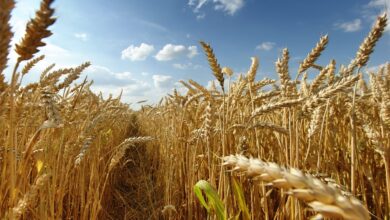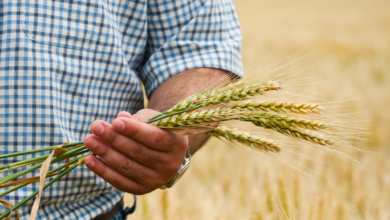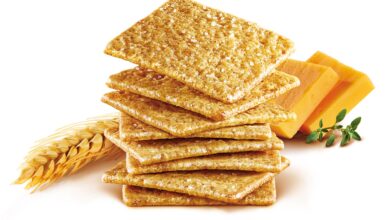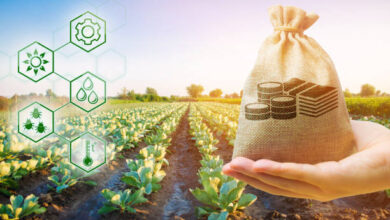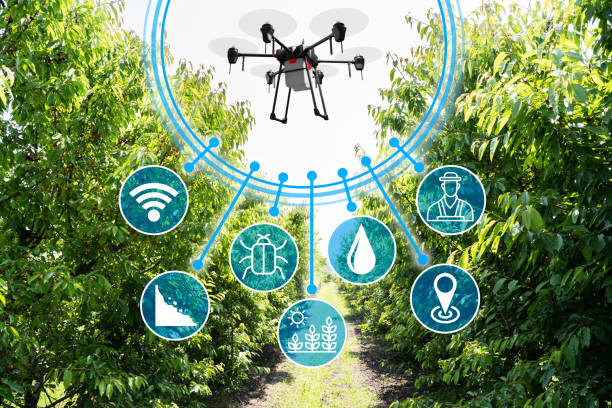
Farming has been a crucial part of human civilization for thousands of years, providing us with the food and resources needed for survival. However, with the growing global population and increasing environmental concerns, traditional farming practices are facing challenges in meeting the demands of the modern world. This is where digital farming comes into play – a revolutionary approach that uses technology to transform and improve the agricultural industry. In this blog post, we will explore the concept of digital farming and how it is reshaping agriculture for a more sustainable world.
Understanding Digital Farming: An Overview
Farming has come a long way since the days of homemade labor and traditional farming practices. With the advent of digital farming, a new era has dawned in the agricultural industry. But what exactly is digital farming?
Digital farming, also known as precision agriculture, is the practice of using technology and data-driven approaches to optimize farming operations. It involves the integration of various technologies, such as sensors, drones, artificial intelligence, and machine learning, to collect and analyze data about soil conditions, weather patterns, crop health, and more.
One of the key components of digital farming is the use of Internet of Things (IoT) devices and sensors. These devices can be placed in fields to monitor various parameters such as soil moisture levels, nutrient content, and pest infestations. The data collected by these sensors is then analyzed to provide real-time insights and recommendations to farmers. This allows them to make data-driven decisions regarding irrigation, fertilization, and pest control, leading to improved crop yields and reduced resource wastage.
Another important technology in digital farming is the use of drones. Drones equipped with cameras and sensors can be used to capture aerial images and collect data about crop health, nutrient deficiencies, and water stress. This information can then be analyzed to identify problem areas and take corrective action.
Artificial intelligence and machine learning algorithms also play a crucial role in digital farming. These technologies can process vast amounts of data and learn from patterns to make accurate predictions and recommendations. For example, AI algorithms can analyze historical weather data to predict the optimal time for planting or harvesting crops, or identify patterns in pest behavior to implement targeted pest control measures.
The goal of digital farming is to optimize resource usage, increase crop productivity, and reduce environmental impact. By leveraging technology and data, farmers can make informed decisions that minimize the use of water, fertilizers, and pesticides while maximizing crop yields. This not only benefits farmers financially but also promotes sustainability by reducing the carbon footprint of agriculture.
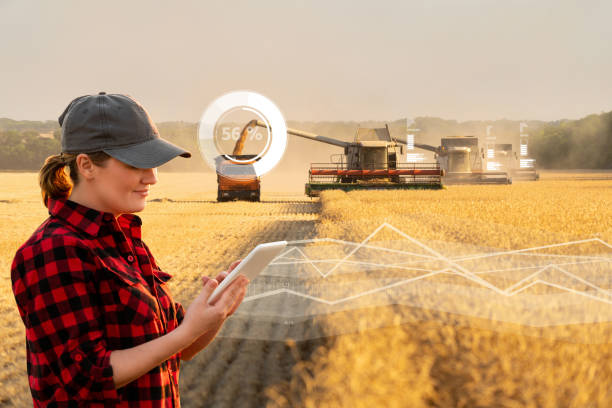
The Technologies Powering Digital Agriculture
Digital farming relies on a variety of innovative technologies to transform the way we approach agriculture. These technologies play a crucial role in optimizing farming operations, increasing efficiency, and promoting sustainability. Let’s take a closer look at some of the key technologies powering digital agriculture.
Internet of Things (IoT) devices and sensors are essential components of digital farming. These devices are placed in fields to monitor parameters like soil moisture levels, nutrient content, and pest infestations. By collecting real-time data, farmers can make informed decisions about irrigation, fertilization, and pest control. This helps to minimize resource wastage and maximize crop yields.
Drones equipped with cameras and sensors are also revolutionizing agriculture. They capture aerial images and collect data on crop health, nutrient deficiencies, and water stress. This information allows farmers to identify problem areas and take proactive measures to address them. By using drones, farmers can monitor their crops more efficiently and implement targeted interventions.
Artificial intelligence (AI) and machine learning algorithms are game-changers in digital farming. They process large amounts of data and learn from patterns to make accurate predictions and recommendations. AI algorithms can analyze historical weather data to determine the optimal time for planting or harvesting crops. They can also identify patterns in pest behavior and recommend targeted pest control measures. By harnessing the power of AI, farmers can make smarter decisions that optimize resource usage and reduce environmental impact.
These technologies, along with many others, are reshaping the agricultural industry and paving the way for a more sustainable world. As digital farming continues to evolve, we can expect to see even more innovative solutions that increase productivity, improve efficiency, and promote environmental stewardship. With the technologies powering digital agriculture, we have the tools to transform our farming practices and create a better future for our planet.
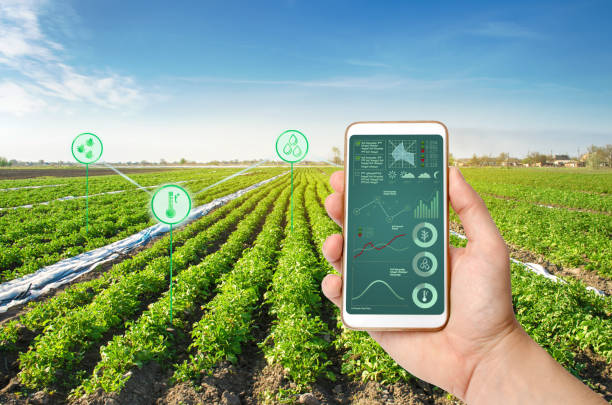
Impact of Digital Farming on Sustainability and Efficiency
Digital farming has the potential to make a significant impact on both sustainability and efficiency in agriculture. By leveraging technology and data-driven approaches, farmers can optimize resource usage, increase crop productivity, and reduce environmental impact.
One of the key benefits of digital farming is its ability to minimize resource wastage. With the use of IoT devices and sensors, farmers can monitor parameters like soil moisture levels, nutrient content, and pest infestations in real-time. This enables them to make informed decisions about irrigation, fertilization, and pest control, resulting in more precise and targeted application of resources. By reducing the overuse of water, fertilizers, and pesticides, digital farming helps to minimize the negative impact on the environment and promote sustainable farming practices.
Furthermore, digital farming enables farmers to maximize crop yields. By analyzing data collected from sensors and drones, farmers can identify problem areas such as nutrient deficiencies or water stress and take proactive measures to address them. This allows for timely interventions that can prevent crop loss and increase overall productivity. Additionally, artificial intelligence and machine learning algorithms can analyze historical weather data to predict optimal planting or harvesting times, leading to better crop outcomes.
By improving resource usage and increasing crop productivity, digital farming also has economic benefits for farmers. By optimizing resource allocation, farmers can reduce costs and maximize profits. This allows for a more sustainable and economically viable farming model that can support the livelihoods of farmers and contribute to global food security.
Overall, digital farming is a game-changer in the agricultural industry. By harnessing the power of technology and data, it has the potential to transform farming practices and create a more sustainable world. The benefits of digital farming extend beyond just individual farms, as they contribute to global sustainability efforts by reducing resource wastage, increasing crop yields, and promoting more environmentally-friendly farming practices. As the world faces increasing challenges in food production and climate change, digital farming provides a promising solution for a more sustainable and efficient agricultural future.
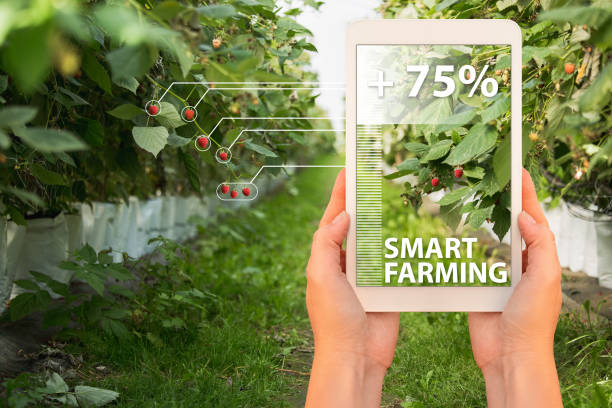
Challenges in Adopting Digital Agriculture
As with any trans-formative technology, adopting digital farming comes with its own set of challenges. While digital agriculture has the potential to revolutionize the industry and create a more sustainable future, there are certain obstacles that farmers and stakeholders need to overcome.
One of the main challenges in adopting digital agriculture is the cost associated with implementing new technologies and infrastructure. The initial investment in IoT devices, sensors, drones, and other digital farming tools can be significant, especially for small-scale farmers or those in developing regions. Additionally, there may be ongoing costs for maintenance, training, and software updates. It can be difficult for farmers to justify these expenses without a clear understanding of the potential return on investment.
Another challenge is the lack of technical expertise and knowledge among farmers. Digital farming requires a certain level of technical proficiency to effectively use and interpret data from various sensors and devices. Farmers may need to acquire new skills or hire professionals with expertise in digital agriculture to fully leverage the benefits of these technologies. Education and training programs need to be developed to support farmers in adopting and utilizing digital farming tools effectively.
Additionally, there may be challenges in terms of data privacy and security. As digital farming relies on collecting and analyzing large amounts of data, there is a need for robust cyber-security measures to protect sensitive information. Farmers must ensure that their data is stored securely and that proper protocols are in place to safeguard against data breaches or unauthorized access.
Furthermore, there may be regulatory and policy challenges that need to be addressed. Government regulations and policies related to agriculture may not be aligned with the rapid advancements in digital farming technologies. It is important for policymakers to create an enabling environment that encourages the adoption of digital agriculture and addresses any potential barriers or concerns.
Overall, while digital farming holds immense potential, there are challenges that need to be addressed for widespread adoption. Overcoming these challenges will require collaboration between farmers, industry stakeholders, policymakers, and technology providers. With concerted efforts, digital agriculture can become a mainstream practice and drive positive change in the agricultural industry for a more sustainable and efficient future.
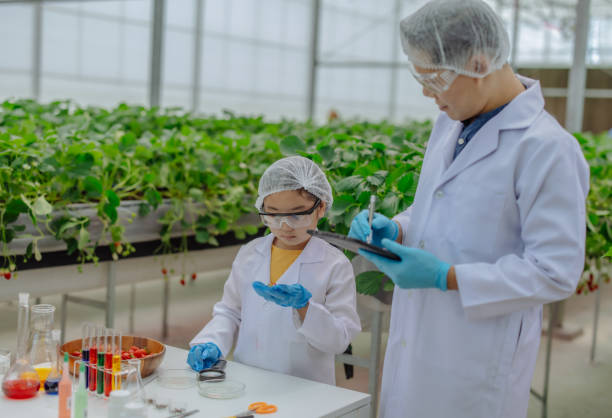
Case Studies: Success Stories of Digital Farming around the World
Digital farming has proven to be a game-changer in the agricultural industry, and there are several success stories from around the world that highlight its trans-formative impact. Let’s take a look at some of these inspiring case studies:
- The Netherlands: The Netherlands is known for its innovative farming practices, and digital farming has played a crucial role in its success. Through the use of precision agriculture techniques, Dutch farmers have been able to optimize resource usage, reduce chemical inputs, and increase crop yields. By leveraging technologies such as Iota devices, drones, and AI algorithms, farmers in the Netherlands have achieved remarkable results in terms of sustainability and efficiency.
- Australia: Australia is a country that faces unique challenges when it comes to agriculture, including droughts and limited water resources. Digital farming has provided Australian farmers with valuable tools to overcome these challenges. Through the use of IoT devices and sensors, farmers can monitor soil moisture levels and implement precise irrigation techniques. This has resulted in water savings and increased crop productivity, even in arid regions.
- Kenya: In Kenya, digital farming has empowered small-scale farmers to improve their livelihoods and increase food security. By using mobile technology and data-driven approaches, farmers can access real-time information about weather patterns, market prices, and pest control measures. This has enabled them to make informed decisions and improve their farming practices, leading to better yields and increased incomes.
These are just a few examples of the success stories in digital farming from around the world. They demonstrate the immense potential of this approach in transforming agriculture for a more sustainable future. By embracing digital farming practices, farmers can overcome challenges, increase productivity, and contribute to global sustainability efforts.
The future of farming lies in the adoption of digital innovations that leverage technology and data to optimize farming operations. As technology continues to advance, we can expect to see even more innovative solutions in the agricultural industry. With digital farming, we have the tools to create a better and more sustainable world for generations to come.

The Future of Farming: Role of Digital Innovations
As we look to the future of farming, one thing is clear – digital innovations will play a vital role in shaping the agriculture industry. The potential of digital farming to revolutionize agriculture and create a more sustainable world is immense.
With the continued advancement of technology, we can expect to see even more innovative solutions that optimize farming operations and increase efficiency. One area where digital innovations will have a significant impact is in the field of automation. Automation technologies, such as robotic systems and autonomous vehicles, have the potential to transform the way we plant, monitor, and harvest crops. These technologies can perform repetitive tasks with precision and efficiency, reducing the need for manual labor and improving overall productivity.
Another key area of digital innovation in farming is the development of smart farming systems. These systems use artificial intelligence, machine learning, and big data analytics to analyze vast amounts of information and provide real-time insights to farmers. By leveraging these technologies, farmers can make data-driven decisions regarding planting, fertilization, irrigation, and pest control. This not only maximizes crop yields but also minimizes resource wastage, leading to a more sustainable and efficient farming model.
The integration of block chain technology is another digital innovation that holds great promise for the future of farming. Block chain can provide transparency and traceability throughout the agricultural supply chain, ensuring the integrity of food products and enhancing food safety. It can also enable fairer and more transparent transactions between farmers and buyers, ensuring that farmers receive fair prices for their products.
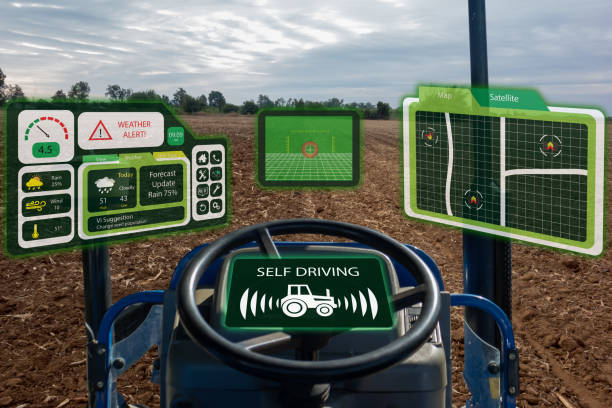
In conclusion, the future of farming is bright, thanks to the role of digital innovations. These technologies have the potential to transform the agriculture industry and create a more sustainable world. By embracing digital farming practices, farmers can increase productivity, reduce environmental impact, and contribute to global sustainability efforts. As we continue to innovate and harness the power of technology, we can create a better future for our planet and generations to come.
